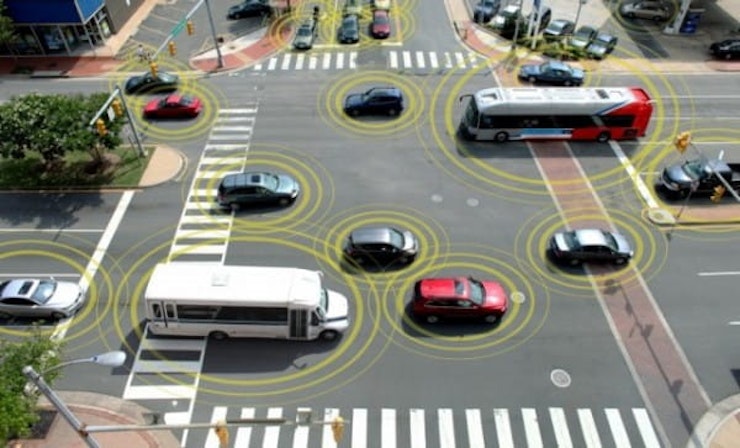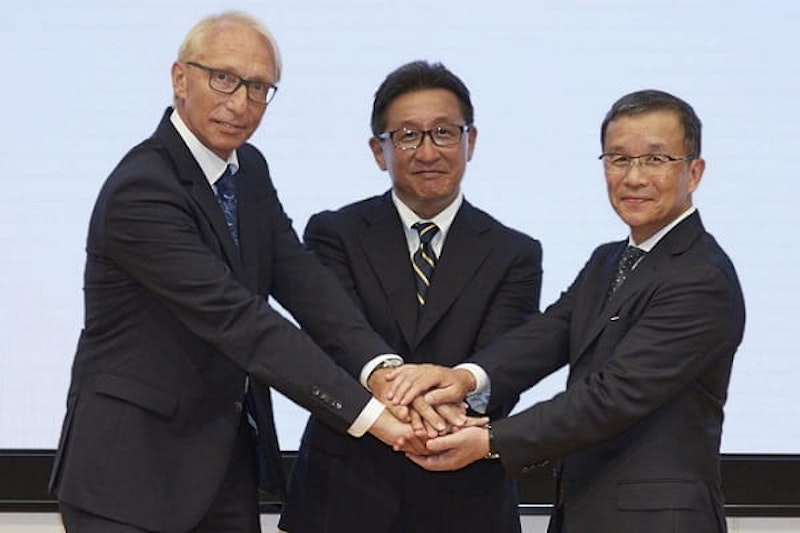We’ve had traction control, linked brakes, cornering ABS, wheelie control and slide control. But perhaps the biggest step forward in motorcycle safety yet took a step forward last week as BMW, Honda and Yamaha agreed to jointly work together on developing intelligent systems for motorcycles ready for the road in less than five years.
The Cooperative-Intelligent Transportation Systems (C-ITS) technology essentially means other vehicles won’t be able to crash into each other as they’ll talk to each other so every vehicle on the road knows where it is, and what hazards are coming up.
The introduction of the system on bikes in 2020 was agreed back in 2014 by the European Association of Motorcycle manufacturers (ACEM).
Operating Officer at Honda Motor Co. Ltd, Mr Tetsuo Suzuki said: “In order to speed up more motorcycle-specific safety developments, we intend to cooperate to promote a successful implementation of C-ITS in motorcycles and scooters.”
CITS requires the integration of information and communications technology between motorcycles, other road users and pedestrians.
Basic applications, like Google Maps, already use real time traffic information like rerouting advice based on data collected to provide advice for rerouting traffic jams, for instance.
But the next stage will use wireless communication between vehicles to enable safer manoeuvring in busy towns, and warn other vehicles of oncoming traffic at junction, the major cause of motorcycle accidents.
Motorcycle ITS systems will be different from those for car ITS systems as motorcycle electronic systems have to be smaller and resilient to water, dust and vibration.
Plus, bikes lean over, pitch and yaw under acceleration and braking which means more complicated software needs to developed for motorcycles.
Mr Takaaki Kimura from Yamaha adds: “Our aim is to promote a timely and comprehensive use of cooperative ITS systems in powered-two wheelers offering the potential to improve safety.”
They are urging other manufacturers to join their consortium too.
Share on social media:

